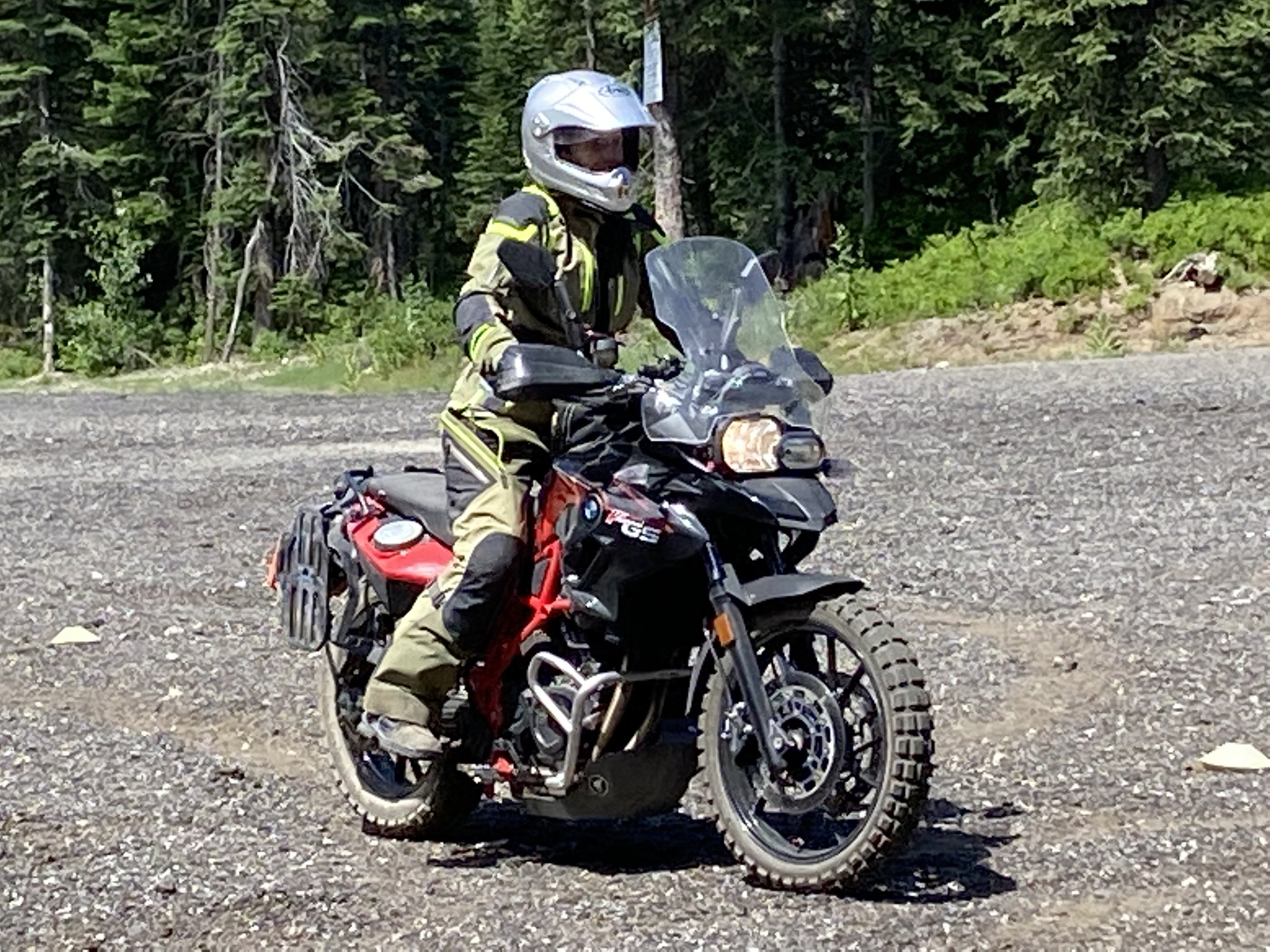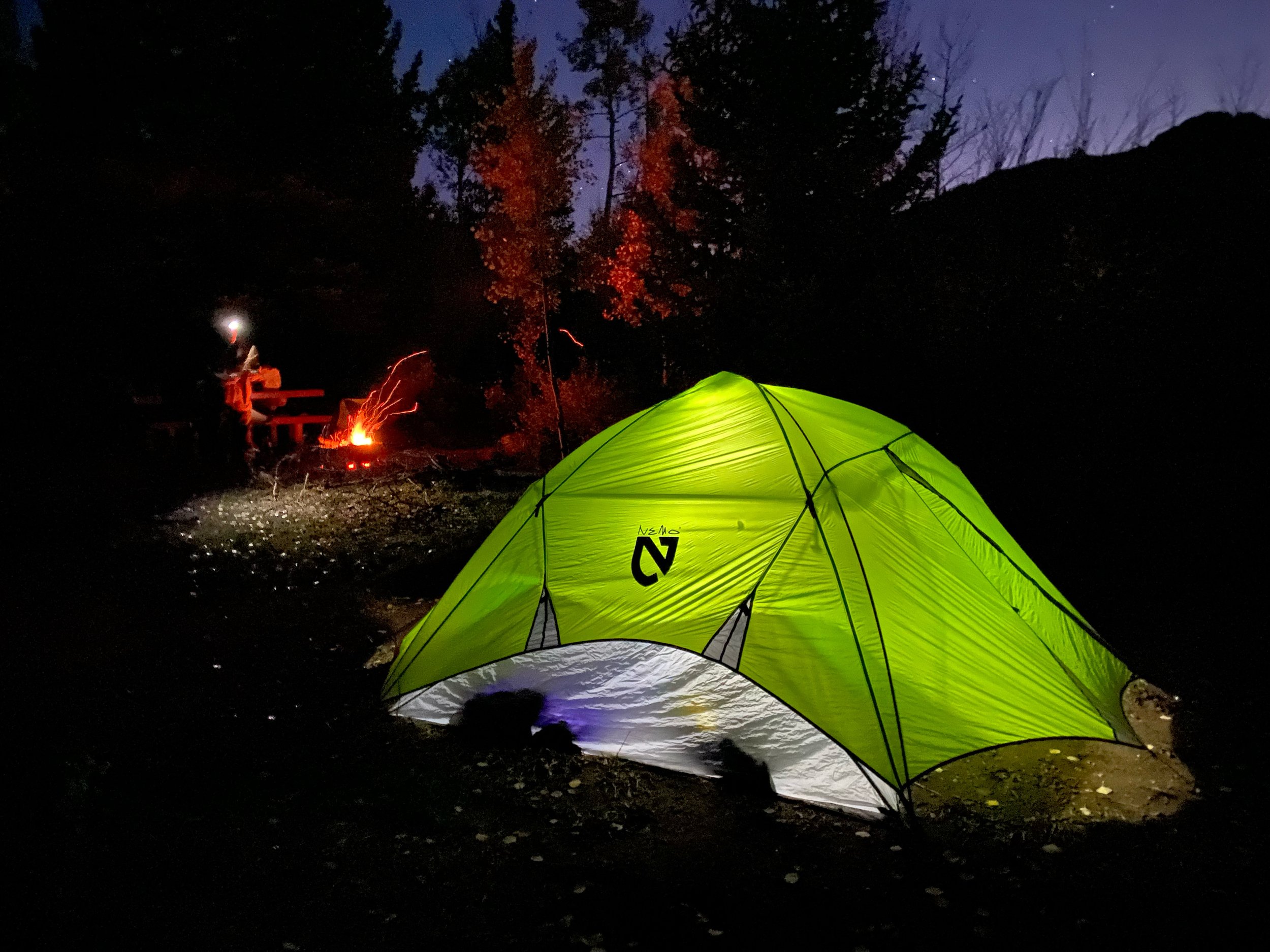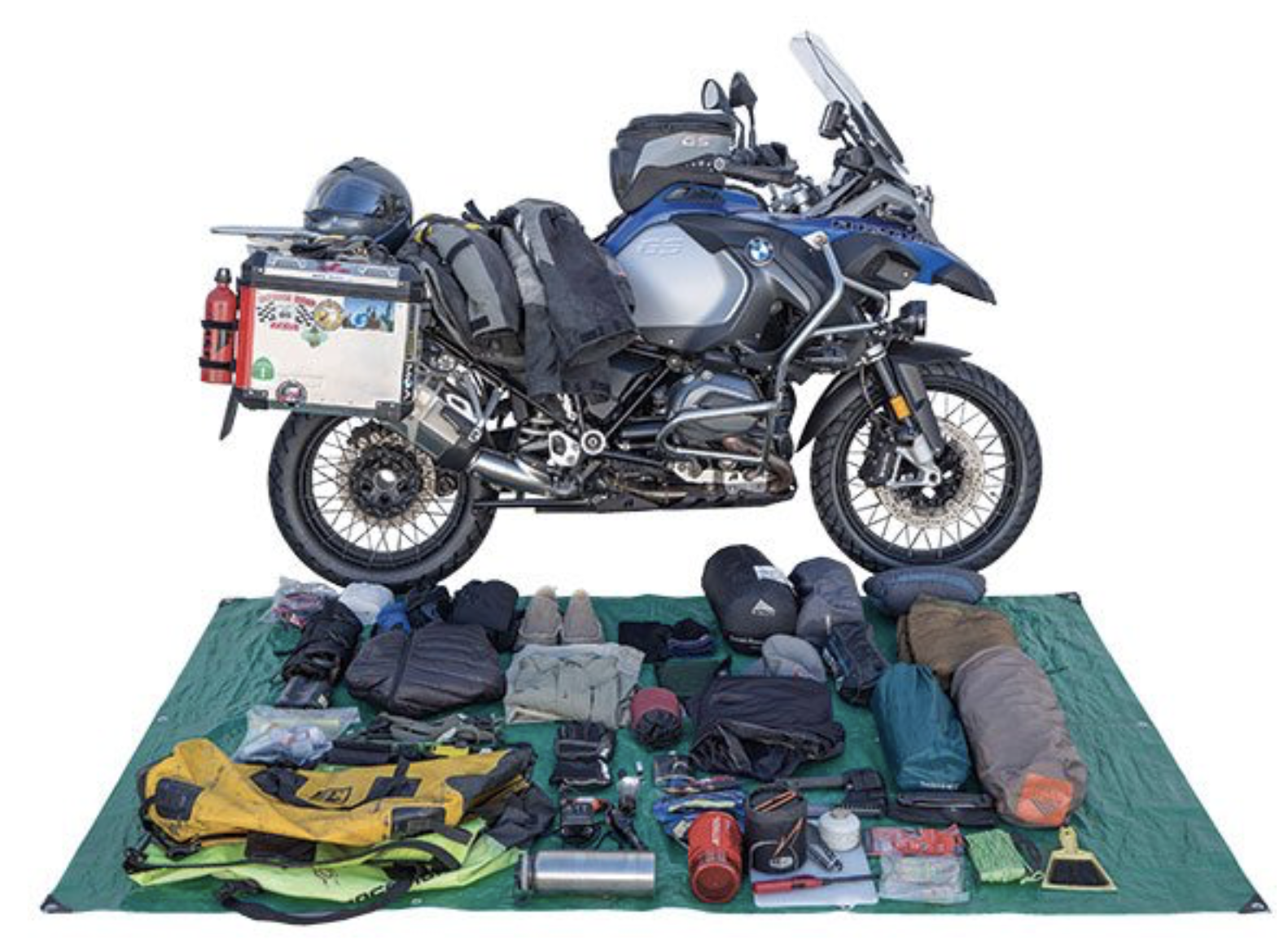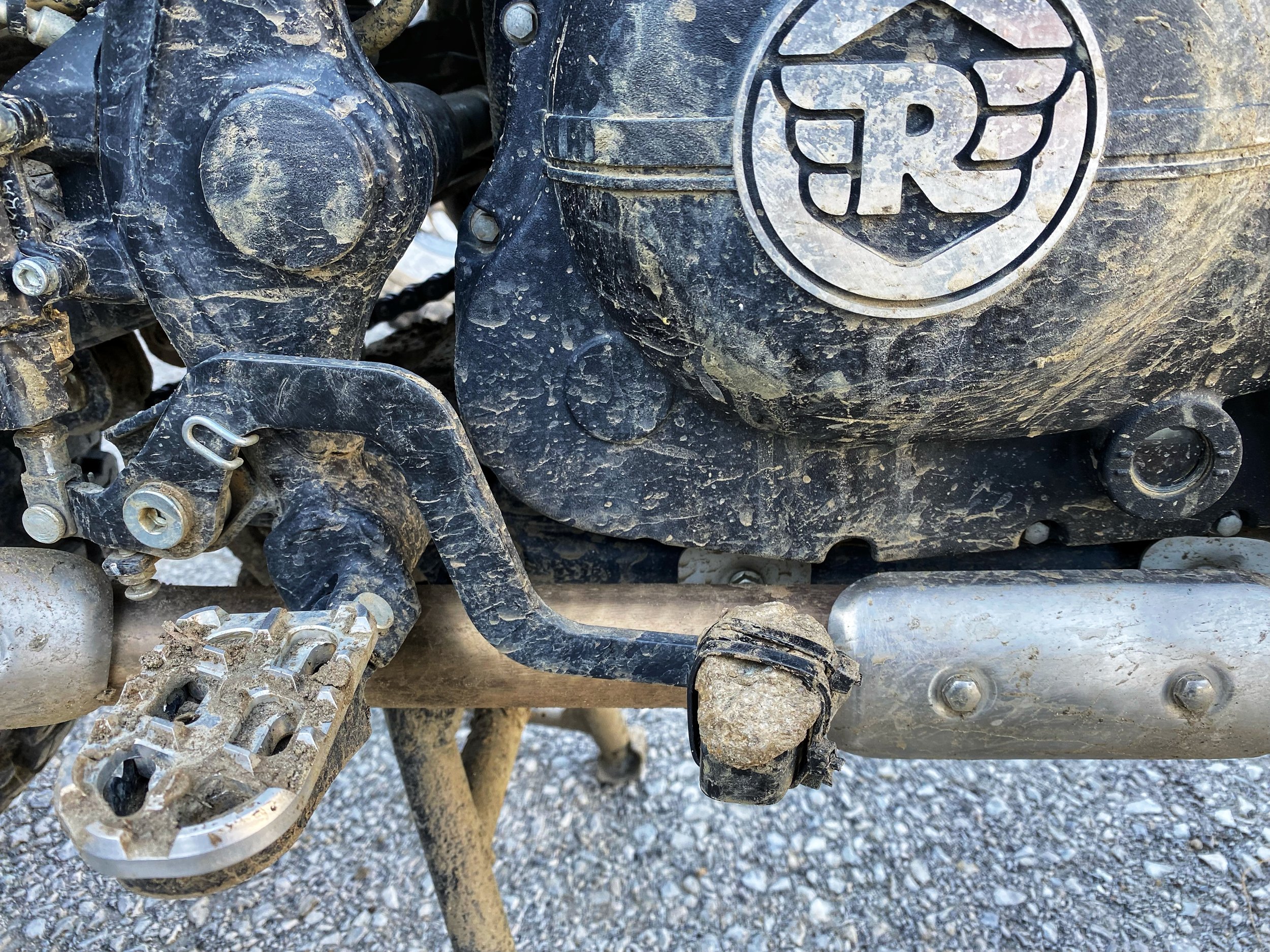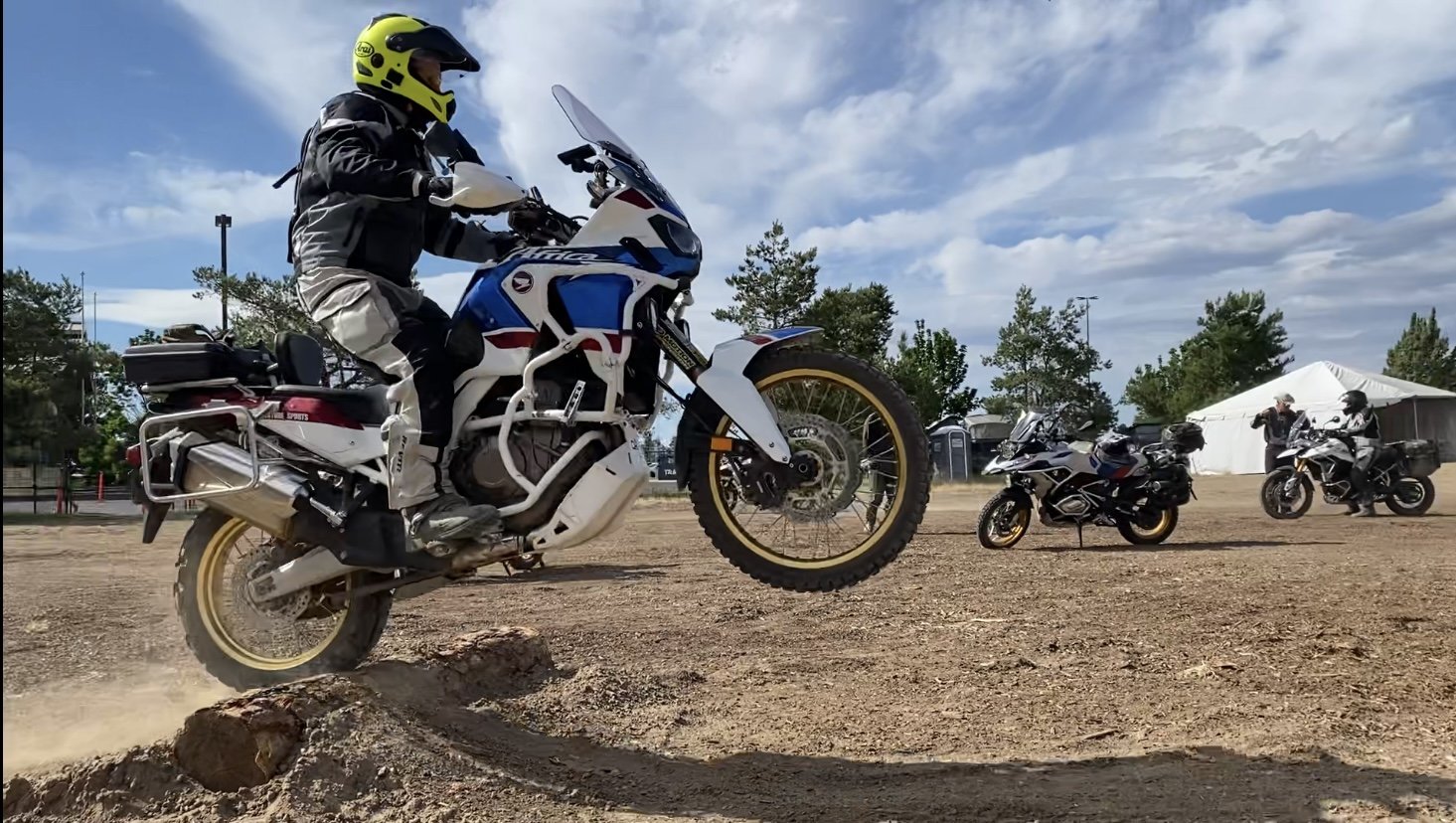Traffic Safety Facts 2020 Data
These traffic safety facts show just how risky this sport is and by sharing this information I hope to shed light on the facts. Knowledge is power if you put that knowledge to use.
The information was taken from the Fatality Analysis Reporting System (FARS), non-fatal motor vehicle traffic crashes from the National Automotive Sampling System (NASS), General Estimates System (FES) and Crash Report Sampling System (CRSS).
Key Findings:
Motorcyclists accounted for 14% of all vehicle fatalities, which resulted in 5,579 deceased riders. This is highest number of riders killed since 1975.
Eventhough motorcyclist only make up 3% of all registered vehicles and only account for 0.6% of vehicle miles traveled, we account for 18% of the fatalities!
From 2011 to 2020 motorcyclist fatalities increased by 20%, with the highest number of fatalities in 2020.
From 2019 to 2020 the number of fatalities increased by 11%, however the number of injuries decreased by 2%, which was 82,528 riders. (This tells me, because of the forces of impact due to excessive speeds, we aren’t just getting hurt, we are killing ourselves).
36% of riders involved in fatal crashes were riding without a valid motorcycle license.
Riders involved in fatal crashes had higher percentages of alcohol impairment than drivers of any other motor vehicle (27% motorcycles, 23% for passenger cars, 19% for light trucks, and 3% for large trucks).
41% of riders who died in single-vehicle crashed were alcohol-impaired.
57% of riders killed were not wearing helmets, as compared to 11% in States with universal helmet laws.
61% of motorcycle fatalities occurred in urban areas compared to 39% in rural areas.
35% of the fatalities occurred in intersections.
92% of the fatalities occurred on non-interstate roads compared to 8% on interstates.
25% of motorcycle fatalities involved riders hitting fixed objects. (They are crashing all by themselves! No one else is even around. This is due to excessive speeds, over riding sight distance and ineffective countersteering - Total Control Curriculum).
When motorcyclist had an encounter with another vehicle, 42% of the time the other vehicle is making a left-hand turn while the motorcyclists were going straight, passing, or overtaking other vehicles. Approximately, 20% of those riders die.
Don’t be a stastistic! 96% of the time riders are the striking vehicle (Total Control Training Curriculum). We may not always be at fault, but we are the ones who pay the high price to any crash. In my experience, I have found that most riders who take the Basic Rider Course don’t practice the skills that are taught. They think they know how to ride a motorcycle, when really they are just relying on PDL (pure dumb luck). If riders don’t practice the skills taught to the point it is built-in muscle memory, when a rider has to make a sudden evasive maneuver, they aren’t going to have to correct inputs and it more than likely will result in a crash. I’m part of the 96% group because I did what most riders do and that is not practice the skills taught. I just went out a rode. It took 6 years for my PDL to run out and I paid a very high price when I couldn’t manage a vehicle making a left-hand turn in front of me. It took 2 years to recover from 7 orthopedic surgeries and to this day (many years later) my body reminds me of that accident. Don’t be part of the 96% group! Be the 4% and never strike the ground, a guard rail, tree, telephone pole or another vehicle. Practice the skills that are taught in the Basic Rider Course, take additional training to build on those skills because there is SO MUCH MORE TO LEARN than just the BASIC rider skills, practice often and make good choices. This is an amazing sport, but it can have grave consequences!
Recommended Dual Sport Riding Gear
If you ever question things (for example, the protection level of gear) you probably should address it sooner than later. Learning the hard way is never fun. Feel free to reach out in advance if you have any questions.
1. DOT approved helmet - dual sport recommended, the bill provides the ability to block the sun while riding, as the sun can be a hazard. It’s also recommended to have the option of dirt bike googles, which will provide more air flow and be cooler, while still protecting your eyes and keeping the dust out.
2. Adventure riding suits offer the best protection for both on and off street. They are designed with both the upper and lower body protection for the abrasive pavement and also has armor in all of the high strike areas; such as shoulders, elbows, back, hips, tail bone, knees. Please know that dirt bike gear isn’t meant for high speed crashes on pavement. I’m seeing a fair share of riders wearing dirt bike pads under jersey type shirts and dirt bike pants, which is great for closed circuit training, but not so great for the higher speeds on pavement. In the event of a higher speed crash on pavement, the dirt bike gear will only help with the initial impact. After impact, the pads tend to roll out of place because of the increase traction of the pavement, have a good chance of melting under the friction of the pavement and the jersey and pants worn will not offer any protection at all! Bottom line: Closed circuit training, dirt bike riding gear is great! Riding routes like BDRs where you are both on and off the street, you really should consider an adventure suit such as the Touratech Companero suit like mine or BMW, Rev’It, and Klim also have several options. Yes, they can be expensive, but what is your skin and body parts worth? Invest in a good dual sport riding suit! Mine has lasted many years and thousands of miles, not to mention, has protected me in the small get offs as well as the high speed crash I had on the track!
One additional note: Your suit should fit snuggly (not too tight, but snug) and shouldn’t be big and loose! Over sized suits will not protect you, as they are meant to, in the event of a crash. The materials and pads will slide out of place and therefore, not protect you as well.
3. Sport specific motorcycle gloves. Consider a lighter weight off-road glove for off-road AND a more street worthy glove for when you’re on the pavement. Off-road gloves may not hold up in the event of a crash on pavement and dirt bike gloves will definitely NOT protect you at all! They will shred in a nanoecond. A full leather motorcycle glove will offer a high level of protection and one that has a velcro scrap to secure on your hand is highly recommended.
4. Sport specific motorcycle boots - Motocross boots are highly recommended as they offer the highest level of protection. A very common injury for off street riding is a broken fibula! There is the potential of going down, know that adventure boots aren't the highest level of protection possible. Motocross boots take some time to get used to, so if you’re going to get them, get them early on and practice with them as there is a learning curve to them. You WILL get used to them!
A good riding suit should have 4 qualities:
1) Keep you dry and comfortable
2) Protection from impact and abrasions that is meant to withstand friction in the event
of a slide on pavement. Not all motorcycle gear will withstand friction and will melt into
your skin
3) Have lots of ventilation for when the riding gets tough or you’re in warm temperatures
4) Zip together for added protection and warmth in cooler temperatures
Packing for moto travel
When packing up for any Moto trip, consider bringing as little as you can get by with. You’d be surprised at what you don’t need. Less is more! It’s so much easier to manage stuff when you minimize it. Once you’ve looked over the following gear list and if you still have any questions, remember, I am here to help! We can chat about this prior to our trip.
SheADV Packing Tips - Note: the type of trip you are taking will dictate what you will want to take with you. Adjust your contents accordingly. The SheADV GEAR List is for an extended tour.
Suggested Gear List
Your gear list will be based on personal preference. Below, is a link to a printable gear check list created by SheADV, that you can modify to fit your needs. You’ll find that your list will be a bit different depending on what kind of trip you’re planning on doing. The following gear list is for a longer, multi-day tour, up to several months. Adjust as needed.
Reminder: Pack as light as you can – but don’t suffer.
Pack your items in the same spot so you always know exactly where they are.
Use the bag-in-a-bag technique. For example, put all your tent items in one duffle bag. Put your sleeping items in a packing cube, and then put that packing cube inside your tent items duffle. When you’re finished riding for the day, just pull that one duffle off your bike.
Pack tools, and infrequently used items where you don’t have to unpack and then repack them to get to other more frequently used items.
Make sure to put heavy items down low and lighter items higher up. Always ensure the side bags/boxes are packed with even amount of weight. This will prevent possible high speed wobbles.
Printed Gear Check list Llnk: https://sheadv.com/sheadv-gear-list/
Your body needs fuel too!
Motorcycle riding isn’t a time you want to be dieting (restricting calories)! There’s a study that I read in Adventure Rider - Ride the World, that talked about motorcyclists burning up to 600 calories per hour, depending on the riding terrain and the rider’s body type. They say that a rider’s body is working “hard” to maintain balance and counteract wind forces all while remaining flexible enough to maneuver the motorcycle. Off street riding is even more demanding, so fuel your body with good food and don’t forget your camelback for constant hydration. If you are only drinking water/electrolytes at breaks, you are not getting enough fluids! This is especially important for multiple day trips as you slowly get more and more dehydrated. Your body can only absorb so much liquids at a time. That’s why drinking only on breaks cause you to need to use the restroom more frequently (which is why many riders don’t drink at all), whereas if you sip all day long, your body actually has a chance to absorb the liquids being consumed.
Adjustments to the bike for added safety and performance for off street riding
1. Remove Cramp Busters - these present a hazard and are not recommended for off-road riding. Consider not using Cramp Busters on the street as well, because when taking a right corner, it doesn’t allow for you to push forward on the handlebars to initiate the lean for effective counter steering. If you push forward like you should, the Cramp Buster you will cause the motorcycle to accelerate and go wide in the corner and very likely off the road. Cramp Busters = BAD IDEA ALTOGETHER!
2. Remove removable throttle locks - these present a hazard and are not recommended for off-road riding.
3. If using a tank bag - it’s recommended you use a smaller profile. The larger bags limit your ability to ride in the standing forward position, especially for hill climbs.
4. Hard panniers are discouraged for off-street riding. They limit your ability to dab and present a hazard of you getting your foot caught while dabbing and/or if you do down.
5. Remove the rubber from your foot pegs. They present a traction problem and you can slip off them when they are muddy or wet. I recommend wider aftermarket foot pegs. They reduce foot fatigue and give you a better platform for using the pegs to help with steering. Larger pegs can also be used for a chair, coffee holder and much much more. LOL
6. Make sure your rear brake lever is level with your foot peg. Otherwise, using your rear brake will be very hard to reach and use while standing. You can modify the lever by using rocks or scrap wood by drilling a hole in the wood and attaching with zip ties.
7. Angle the bars for the best standing/seated position (compromise between standing and seated position) If changing the angle to the bars isn’t enough, consider bar risers.
8. After adjusting the bars and/or adding risers, adjust the controls for the best standing and seated positions (again compromise between standing and seated position). What you are looking for is a fairly flat wrist when you are using the brake or clutch.
MSF’s Guide to Group Riding
Although I don’t require we use hand signals, they are good to know and can be helpful when we don’t have communication systems.
What Level of a Rider are You?
For an in-depth description for various terrain and what skills are needed for such terrain go to the BACKCOUNTY TOURS Tab and scroll down towards the bottom. I put together a system that talks about Level 1 - Level 5 and what they mean. This information can be helpful for when we start talking about what to expect on a route that has been pre-rode ahead of time.










